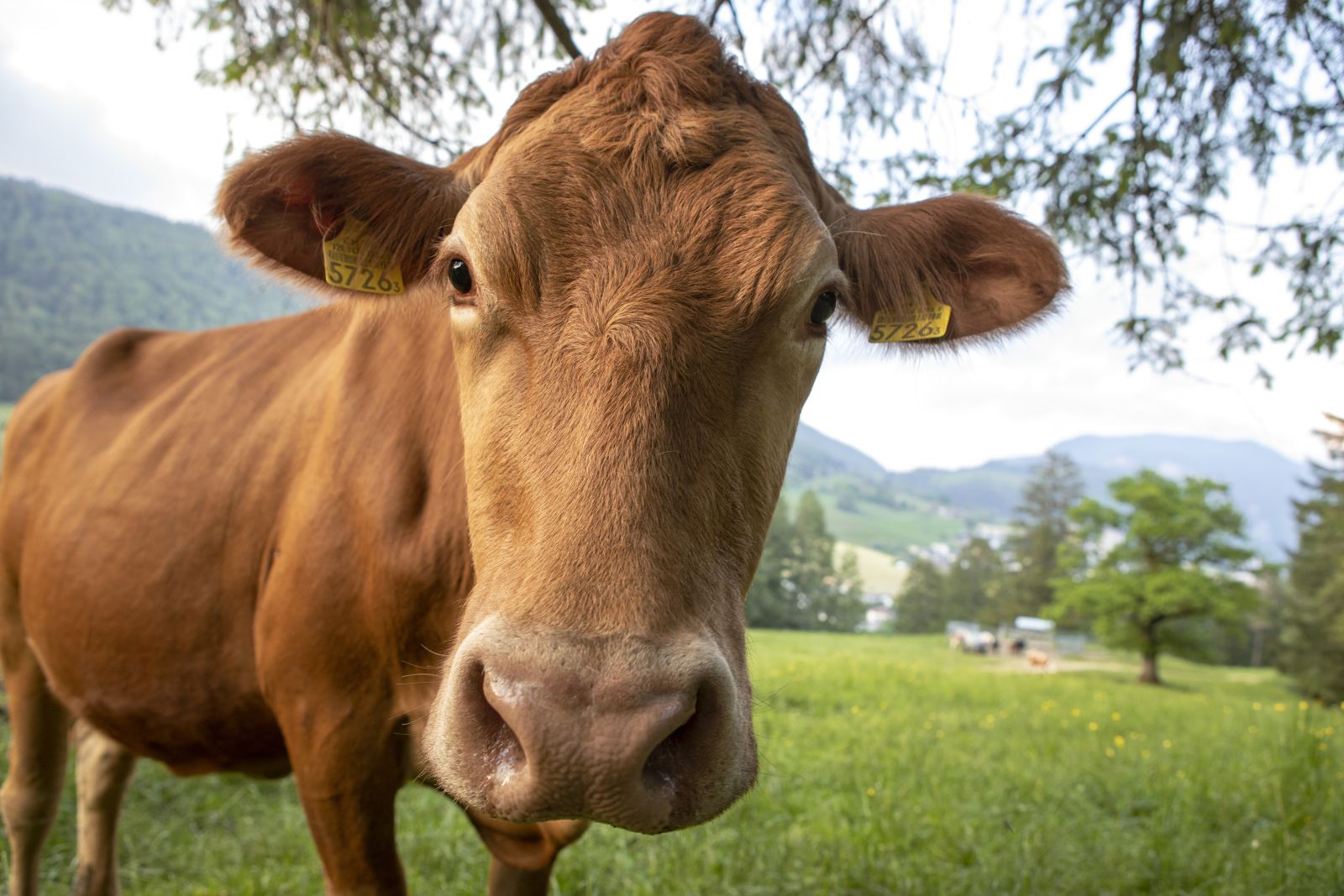Livestock Futures Update: Cattle, Hog Bulls Continue to Show Resilience

The past week has seen the livestock futures landscape littered with the carcasses of bearish cattle and hog traders. Early April saw live cattle (LEM25), feeder cattle (GFK25), and lean hog (HEM25) futures markets’ prices careen sharply lower. At the time, this suggested that the mature bull runs in all three markets, which saw live and feeder cattle futures hit record highs, had finally fizzled out. However, the livestock market bears should have known that if hogs and cattle markets have shown one similar characteristic over the past several months, it’s resilience.
Since their early April lows, live cattle, feeder cattle, and lean hog futures prices have come screaming back. Cattle markets are set to challenge their record highs as soon as this week.

Cattle and Beef Market Fundamentals Remain Solid
Historically low cattle-on-feed numbers in the U.S. are the main bullish element underpinning elevated cattle and beef prices. In its monthly cattle-on-feed report released on Thursday, April 17, the USDA reported cattle and calves on feed for the slaughter market in the U.S. for feedlots with capacity of 1,000 or more head totaled 11.6 million head on April 1. The inventory was 2% below April 1, 2024. The inventory included 7.26 million steers and steer calves, down slightly from the previous year. This group accounted for 62% of the total inventory. Heifers and heifer calves accounted for 4.38 million head, down 4% from 2024. Placements in feedlots during March totaled 1.84 million head, 5% above 2024. Net placements were 1.79 million head. Marketings of fed cattle during March totaled 1.73 million head, 1% above 2024. Cattle traders are likely to deem the USDA report data as neutral because there were no significant surprises. However, the data confirms the bullish scenario of lower cattle supplies coming to market in the coming months.
Last Friday’s technically bullish weekly high closes in June live cattle and May feeders sets the stage for follow-through technical buying by the chart-based speculators early this week.

Consumer Demand for Beef Remains Robust
The grilling season gets underway in earnest in the coming few weeks. That should keep consumer demand for beef solid. Choice-grade boxed beef cutout values trading north of $330 last week is evidence that demand for beef at the meat counter remains solid. One worrisome element for cattle futures traders, from a demand perspective, is that recent U.S. consumer confidence readings have shown declines in confidence, which could begin to crimp demand for beef at the meat case.
However, I look for consumers to continue to choose beef as their No. 1 dining choice. Veteran livestock analyst Dan Vaught argues that during times of tighter budgets, consumers will opt to dine out less to save money but will then eat at home and choose beef, which is still cheaper than eating out and is still a dining “treat.”
Cattle Bulls Need to Watch the U.S. Stock Market Extra Closely
A main reason for downbeat U.S. consumer confidence readings lately is the wobbly stock and financial markets amid highly elevated global trade tensions.
Federal Reserve Chair Jerome Powell warned last week of the potential for slowing U.S. economic growth and rising inflation due to aggressive tariff policies put in place over the past few weeks. If the stock indexes melt further and set new for-the-move lows, investors and consumers would likely become more seriously rattled.
In turn, this would likely reduce consumer demand for beef as consumers worry about chances of a U.S. recession.
Lean Hog Futures Bulls Restart Price Uptrend
June lean hog futures prices have tacked on over $6.00 a hundredweight in just over a week’s time. Futures traders have seemingly ignored recently rising hog slaughter numbers, compared to a year ago at the same time, and a weakening cash hog (HEY00) market. The latest CME lean hog index is down another 28 cents to $85.09 as of April 15. June lean hog futures’ premium to the cash index suggests futures traders believe the cash hog market is close to bottoming or has already bottomed and will start to rally in the coming weeks.

Retailer and consumer demand for pork will likely increase in anticipation of the upcoming start to the outdoor grilling season. Still, for the solid rally in lean hog futures prices to be extended, consumer demand for pork will need to be strong. That could indeed be the case. A continuation of a shaky U.S. economic outlook and unsettled stock and financial markets may lead many wary consumers to substitute lower-priced pork cuts over pricier beef cuts.
The other potentially big and bearish anchor for the lean hog futures market bulls is heightened global trade tensions. The U.S. is a major exporter of pork to many countries, including China. Unless trade deals between the U.S. and its trading partners are agreed upon soon, the seasonal hog price rally into the summer could be halted or at least squelched.
I look for lean hog futures market traders to continue to watch the cattle futures markets for daily price direction. If the cattle futures markets remain in bullish postures, so, too, will lean hog futures.
On the date of publication, Jim Wyckoff did not have (either directly or indirectly) positions in any of the securities mentioned in this article. All information and data in this article is solely for informational purposes. For more information please view the Barchart Disclosure Policy here.